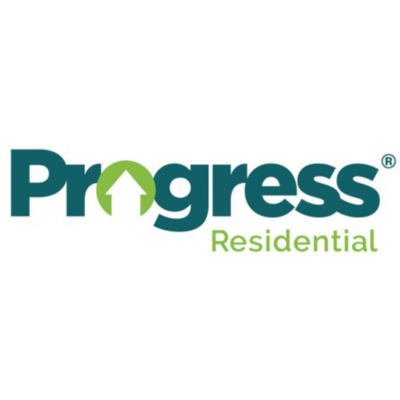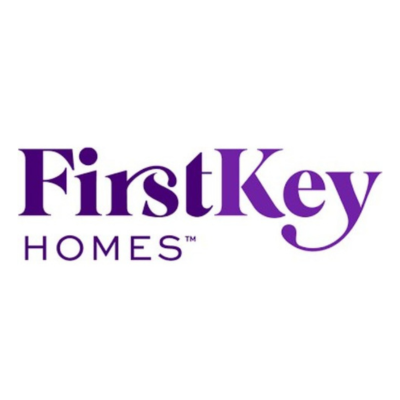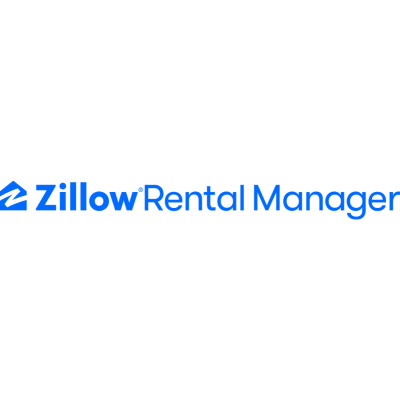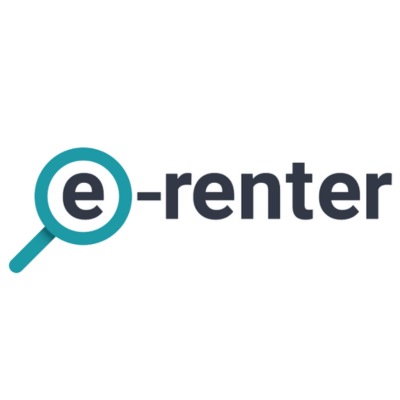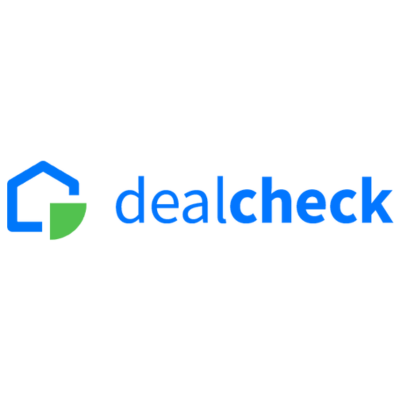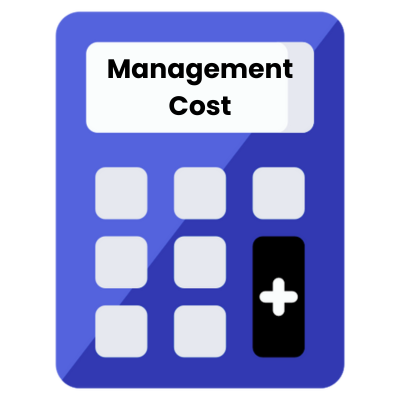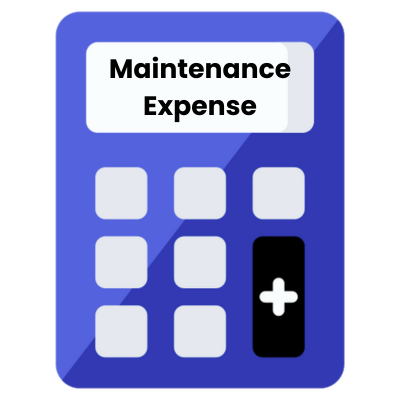Last Updated: April 2024

Single-family rental property investing is a popular real estate investment strategy that involves acquiring individual residential properties and leasing them out to tenants. As a form of somewhat passive income, it provides investors with steady cash flow and potential property appreciation over time.
On This Page
- What is Single Family Rental Investing?
- 9 Ways to Invest in Single Family Rentals (SFR)
- How to Buy a Single Family Rental (SFR) Property
- Top Single Family Rental (SFR) Investing Tools
- Single Family Rental (SFR) Investing Calculators
- Pros and Cons of Investing in Single Family Rentals (SFR)
- SFRs vs Other Rental Real Estate Asset Classes
What is Single Family Rental Investing?
Single Family Rental (SFR) Investing Definition
Single Family Rental (SFR) investing refers to the acquisition and management of individual, detached residences primarily for the purpose of generating rental income. This form of investment centers on earning returns from a property by leasing it to tenants while potentially benefiting from property appreciation over time.
Single Family Rental Investing Explained
Single Family Rental (SFR) real estate investing involves buying standalone homes and leasing them out to individual tenants or families. Instead of managing a large apartment building or complex, investors oversee one household per property. This type of investment often appeals to those seeking a steady rental income and potential for property appreciation. Given the nature of single-family homes, they can often provide a more personalized living experience for tenants and can be found in various neighborhood settings.
9 Ways to Invest in Single Family Rentals (SFR)
SFR Direct Ownership
Direct ownership involves purchasing a single-family home with the intention to rent it out. This method places the investor in a landlord role, offering direct control over the property. It’s ideal for those who want hands-on management and the ability to personally influence property value and tenant experience.
Developing a Single Family Rental
Investors buy a plot or an underdeveloped single-family home, then either build from scratch or renovate. This approach requires knowledge of construction and permits but offers the advantage of tailoring the property to suit rental market demands and potentially achieving higher rents.
BRRR a Single Family Rental
The BRRRR strategy—Buy, Rehab, Rent, Refinance, Repeat—focuses on acquiring undervalued single-family homes, renovating them, securing tenants, and then refinancing based on the enhanced property value. This model can optimize equity and cash flow, allowing investors to continually reinvest in more single-family rentals.
House Hacking a Single Family Rental
This strategy entails living in the purchased single-family home while renting out a portion of it, such as a room or basement suite, to another occupant. House hacking can significantly offset mortgage costs and provides firsthand experience in managing a rental property while residing in it.
Single Family Rental Companies
Several large single family rental companies have redefined the dynamics of this asset class. Their size and influence not only shape market trends but also impact rental standards and practices nationwide. Investing in them, where possible, can be a great way to gain exposure to this asset class.
Single Family Note Investing
Instead of buying the single-family property itself, investors purchase the mortgage note, effectively becoming the lender. This allows investors to earn from interest on a single-family rental without the responsibilities of property management, making it a more passive approach.
Turnkey Single Family Rentals
Investors buy single-family homes that are move-in ready, often with management services in place. These homes are typically already rented out, offering immediate cash flow. It’s a more passive investment suited for those who want exposure to single-family rentals without daily management hassles.
Single Family Syndication
This method involves pooling resources from several investors to collectively invest in and manage a single-family rental. It’s a way for individual investors to participate in the rental market without bearing the full financial burden, leveraging the expertise of seasoned professionals overseeing the property.
SFR Stocks and REITs
Stocks such as REITs (Real Estate Investment Trust) provide the opportunity to invest in publicly traded real estate portfolios that may include single-family rentals without direct property ownership. By purchasing shares in a REIT, investors can gain exposure to the performance of single-family rental markets and earn dividends, all without hands-on management.
How to Buy a Single Family Rental (SFR) Property
Investing in a Single Family Rental (SFR) property can offer promising returns, but the process requires careful planning and strategic decision-making. Below we take a look at each step of the single family rental purchase process to understand the complete timeline from beginning to end.
The Single Family Rental (SFR) Purchase Process
- Self Assessment & Investment Objectives: Begin your SFR investment journey by introspectively assessing your financial standing and clearly outlining your long-term rental property goals.
- Assembling a Real Estate Team: Connect with a robust team of experts, from realtors to attorneys, who are experienced in the SFR market to guide and support your investment decisions.
- Researching Markets and Neighborhoods: Dive deep into rental market data, analyzing neighborhoods to pinpoint locations with strong rental demand and potential appreciation.
- Property Assessment: Identify properties that align with your objectives, focusing on elements like property condition, potential rental yield, and neighborhood amenities.
- Financing Options for Acquiring Properties: Explore diverse financing avenues tailored for SFR investments, from traditional mortgages to real estate-focused loans, ensuring optimal leveraging.
- Making Offers and Negotiating Purchase Terms: With a target property in sight, craft a competitive offer, always keeping your investment cap rate and ROI goals in mind, and be prepared to negotiate.
- Property Inspections and Appraisals: Prior to finalizing the deal, commission professional inspections and appraisals to verify the property’s condition and value, ensuring no unforeseen costs arise post-purchase.
- Closing on the Property: Seamlessly finalize your SFR investment with due diligence, ensuring all paperwork is in order, and the property aligns with your investment vision.
Single Family Rental Property Management
- Finding and Screening Tenants: Identifying the right tenants is crucial; employ rigorous screening processes to ensure reliability and compatibility with your SFR investment criteria.
- Setting Rent and Lease Terms: Set competitive rent prices based on thorough market analysis, and draft lease terms that protect your investment while adhering to local regulations.
- Handling Maintenance and Repairs: Proactive and responsive property maintenance is essential, ensuring your SFR remains in optimal condition and retains its value over time. Employing a residential property management software can greatly help ensure maintenance and tenant management tasks are being properly tracked and addressed.
- Dealing with Tenant Issues and Evictions: Adopt a firm yet fair approach in addressing tenant concerns, and when evictions become inevitable, follow legal procedures diligently to safeguard your SFR investment.
Financial Management and Analysis
- Understanding Cash Flow, Expenses, and Net Operating Income: To ensure profitability in SFR investing, a thorough understanding of rental property finance is highly recommended which includes meticulously tracking cash inflows against property-related expenses to determine the net operating income (NOI).
- Calculating Return on Investment: Gauge the effectiveness of your SFR investment by calculating the return on investment (ROI), which considers both the rental income and the appreciation potential of the property.
- Tax Considerations and Benefits: Leverage the tax benefits unique to SFR investments, such as depreciation and mortgage interest deductions, to optimize your overall financial returns.
Growth and Diversification Strategies
- Strategies for Scaling Your Investment Portfolio: To expand your SFR investments, focus on areas with high appreciation potential and use leverage wisely for accelerated growth.
- Diversifying Your Portfolio with Different Property Types: Enhance stability by incorporating diverse property types within your SFR-focused portfolio, mitigating risks tied to market fluctuations.
- Exit Strategies: Refinancing, Selling, and 1031 Exchanges: Prepare for portfolio transitions by leveraging refinancing options, strategically selling SFR assets, or utilizing 1031 exchanges to defer capital gains and reinvest in similar properties.
Top Single Family Rental (SFR) Investing Tools
The #1 Rental Property Newsletter
Once a month, we send out an exclusive Rental Property Market Update with top stories, current mortgage rates, building products, and more. No spam and unsubscribe anytime.


Single Family Rental (SFR) Investing Calculators
Pros and Cons of Investing in Single Family Rentals (SFR)
There are many factors to consider when determining whether or not to invest in rental real estate, specifically single family rental properties. The following is a comprehensive list of the pros and cons you need to know before investing in single family rental properties.
Pros of Single Family Investing
- Longer Tenancy Occupancy – Tenants of single family homes are likely to be long term tenants with less turnover for reasons such as a desired school district, saving to buy a home for themselves, or the inability to afford the large down payment for a similar quality home.
- Easier to Obtain Financing – Obtaining a loan to purchase a single family property can be easier than qualifying to get a loan for a multifamily or commercial rental property. Single family home loans are mostly based on the borrowers financial profile and ability to pay.
- Lower Maintenance and Overhead – Since single family properties have fewer fixtures and appliances, this means that there are less things likely to break. Overhead expenses such as an onsite resident manager, laundry facility, or large dumpster is also not necessary as might be needed in a multifamily property.
- Ease of Management – Larger properties with multiple tenants such as a retail shopping center, require constant attention to maintain and operate. With only one tenant and one structure to deal with, your rental property management responsibilities and possibilities for potential issues are greatly minimized and simplified.
Cons of Single Family Investing
- One Tenant Risk of Vacating – While you only have to deal with one tenant, your property’s cash flow is also at the risk of that one tenant staying or vacating. Tenant turnover is a normal part of the rental real estate business, but should be something that is closely monitored to ensure too much turnover is not negatively effecting cash flow.
- Less Rental Income – Single-family homes don’t generate as much cash flow as multi-tenant properties for one obvious reason – you only collect rent from one tenant every month. This can become an important issue when ownership costs increase faster than rental income.
- Longer Time to Generate Return – Since there is less rental income, it can take longer to see a return on your investment, especially when factoring in unexpected rental property maintenance issues. It’s not uncommon for a single family rental investment property to take several years before generating any real profits.
- Difficult to Source Good Deals – There is always consistent demand by both families and investors for single family homes. With such demand for these limited assets, finding a good deal can become a challenge especially in a desirable market.
Search Rental Real Estate
Try searching out site for hundreds of rental property topics ranging from property management, investor tool reviews, investment research, and more.
SFRs vs Other Rental Real Estate Asset Classes
Single Family Rentals (SFRs) are a fundamental segment of the rental real estate sector, yet they form just one piece of a broader investment mosaic. When comparing SFRs to multifamily units, commercial real estate, and vacation rentals, distinct contrasts in benefits, risks, and management emerge.
| Criteria | Single Family Rentals (SFR) | Multifamily | Commercial Real Estate | Vacation Rentals |
|---|---|---|---|---|
| Scale of Investment | Typically lower, suitable for individual investors | Larger, potential for economies of scale | Often substantial, varies by property type | Varies; location plays a significant role |
| Management Intensity | Moderate, more hands-on with individual properties | Can be high, especially in larger complexes | Variable; some require intensive management, others less so | High due to frequent turnovers and guest demands |
| Liquidity | Relatively high, depending on market conditions | Moderate; influenced by size and location | Variable; often less liquid than residential assets | Moderate to high; influenced by tourism trends |
| Risk Profile | Generally low to moderate | Moderate; determined by local housing demand | Moderate to high; contingent on economic conditions and tenant business success | Moderate to high; sensitive to travel and economic trends |
| Potential ROI | Moderate; steady cash flow & appreciation potential | High due to multiple revenue streams | Variable; can offer strong returns in thriving commercial areas | High in prime tourist locations with peak seasons |
| Tenant Duration | Typically longer-term, e.g., yearly leases | Range from short to long-term leases | Longer leases, often spanning multiple years | Short-term, typically days to weeks |
| Market Sensitivity | Influenced by local housing and economic trends | Driven by local housing demand | Impacted by wider economic cycles & business health | Highly dependent on travel trends, seasonality, and local attractions |
More Real Estate Investing Asset Types
About the Author


Ryan Nelson
I’m an investor, real estate developer, and property manager with hands-on experience in all types of real estate from single family homes up to hundreds of thousands of square feet of commercial real estate. RentalRealEstate is my mission to create the ultimate real estate investor platform for expert resources, reviews and tools. Learn more about my story.
Disclaimer: The information provided on this website does not, and is not intended to, constitute legal and/or financial advice. As such, all information, content, and materials available on this site are for general informational purposes only. Please review our Editorial Standards for more info.


